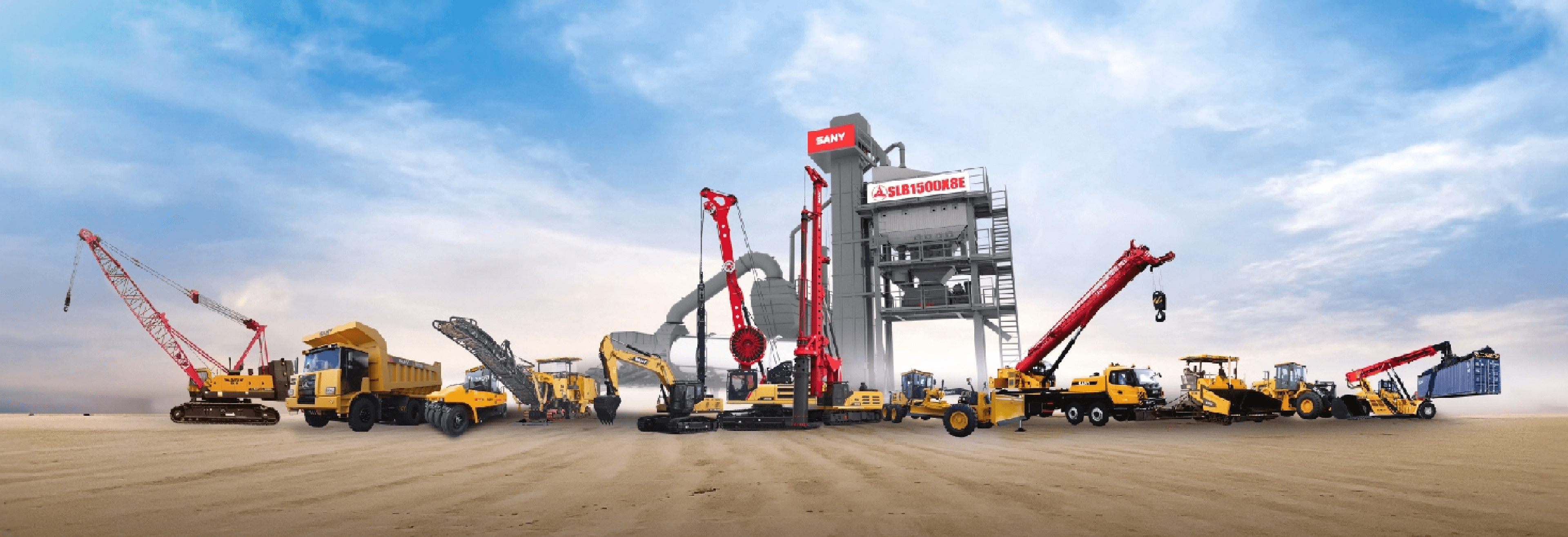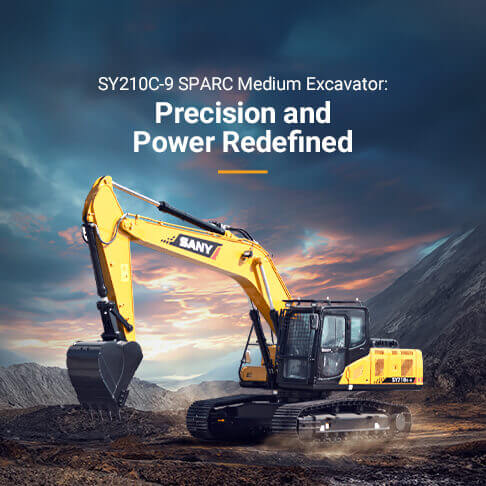Comprehensive Guide to Ship-To-Shore Cranes
Category: Uncategorized | 26 July 2024

Ship-to-shore cranes are pivotal in modern port and terminal operations, playing a crucial role in the efficient handling of cargo between ships and the dock. These massive structures are designed specifically to load and unload container ships, making them an essential component in the global logistics chain. Their primary function is to transfer containers from vessels to the shore and vice versa, ensuring a seamless flow of goods. Understanding the intricacies of ship-to-shore cranes is vital for professionals in the maritime and logistics industries, as their importance extends beyond mere cargo handling to significantly impact the speed, safety, and efficiency of port operations.
By the end of this guide, you will have a thorough understanding of ship-to-shore cranes, enabling you to appreciate their critical role in maritime operations and make informed decisions in your professional endeavours.
Types of Ship-To-Shore Cranes
Rubber-Tyred Gantry (RTG) Cranes
Rubber-Tyred Gantry (RTG) cranes are highly versatile cranes mounted on rubber tyres, allowing them to move freely within a port or terminal. They are commonly used for stacking and moving containers in container yards. Their mobility makes them ideal for operations that require flexibility and adaptability in container handling.
Rail-Mounted Gantry (RMG) Cranes
Rail-Mounted Gantry (RMG) cranes operate on fixed rails, providing stability and efficiency in container handling operations. They are typically used in larger ports and terminals with high throughput requirements. RMG cranes are ideal for repetitive and high-volume container stacking and retrieval tasks.
Fixed and Mobile Cranes
Fixed cranes are stationary and mounted in a fixed position, typically used for specific tasks such as loading and unloading ships. Mobile cranes, on the other hand, can be moved and repositioned as needed, providing flexibility for various operations within the port.
Ship to Shore Crane Specifications
- Structure and Design: The structure and design of ship-to-shore cranes are critical to their functionality and efficiency. The main structural elements include the boom, which extends over the ship to reach the containers, and the girder, which supports the boom. The legs or columns provide stability, while the trolley runs along the boom to transport containers between the ship and the shore. These cranes are typically constructed from high-strength steel to ensure durability and withstand the heavy loads they are required to handle. The materials used must resist corrosion, given the harsh maritime environment, and maintain structural integrity under constant use.
- Operating Mechanisms: The operating mechanisms of a ship-to-shore crane are sophisticated, enabling precise and efficient cargo handling. The lifting and lowering systems are powered by electric or hydraulic motors, capable of handling the significant weight of containers. Movements include hoisting, where the container is lifted vertically; trolley travel, where the container is moved horizontally along the boom; and gantry travel, where the entire crane moves along the dock on rails. Each of these movements is crucial for the smooth operation of the crane and requires meticulous coordination.
- Control Systems: Control systems in ship-to-shore cranes can be manual, automated, or a combination of both. Manual controls are operated by skilled crane operators who use joysticks and control panels to manage the crane's movements. Automated systems, on the other hand, use advanced software and sensors to perform tasks with high precision and efficiency, often reducing the need for human intervention. Safety features and protocols are integral to these control systems, ensuring the protection of both operators and cargo. These include emergency stop buttons, overload sensors, anti-collision systems, and regular maintenance checks to adhere to the highest safety standards.
Efficiency and Productivity
Performance Metrics
Key performance indicators (KPIs) for ship-to-shore cranes include containers moved per hour, operational uptime, and average load/unload times. Other metrics are cycle time and energy consumption. These KPIs are measured through automated systems and manual checks, providing real-time data for performance analysis and improvement.
Optimising Operations
Optimising crane operations involves regular maintenance, skilled operator training, and proactive repairs to minimise downtime. Best practices also include leveraging technology and automation. Modern cranes with advanced control systems and automation features enhance precision and consistency, reducing human error and increasing throughput. Data analytics and machine learning further optimise movements and predict maintenance needs.
Operational Considerations
- Installation and Setup: Installing ship-to-shore cranes requires thorough site preparation, including ground assessment, space allocation, and foundation establishment. Electrical and communication infrastructure must also be set up. The installation process involves assembling large components, precise alignment, and extensive testing, often requiring specialised equipment and skilled personnel.
- Maintenance and Repairs: Regular maintenance is crucial for optimal crane performance. This includes routine inspections, lubrication, and timely replacement of worn parts. Preventative maintenance helps identify potential issues early. Common problems include mechanical wear, electrical faults, and software glitches, which can be addressed through systematic checks and appropriate repairs.
- Safety Measures: Safety protocols are essential for crane operations. These include using personal protective equipment (PPE), following operational guidelines, and conducting regular safety drills. Emergency procedures should cover equipment failures, power outages, and accidents. Regular training ensures that personnel are familiar with safety protocols and emergency responses, maintaining a safe working environment.
Conclusion
Understanding the complexities and advancements of ship-to-shore cranes is essential for anyone involved in port operations. This guide has covered the types, key components, operational considerations, efficiency metrics, and safety measures related to these vital machines. Continuous learning and adaptation are crucial in this rapidly evolving field to maintain efficiency and safety.
At Sany India, our Ship to Shore Cranes are engineered for exceptional performance and reliability. Designed to handle various workloads across different ports, these cranes incorporate the latest technology to enhance operational efficiency. As one of the leading ship to shore crane manufacturers, we encourage organisations to explore Sany India's offerings and see how our state-of-the-art equipment can meet your port's needs, ensuring smooth and efficient cargo handling.




